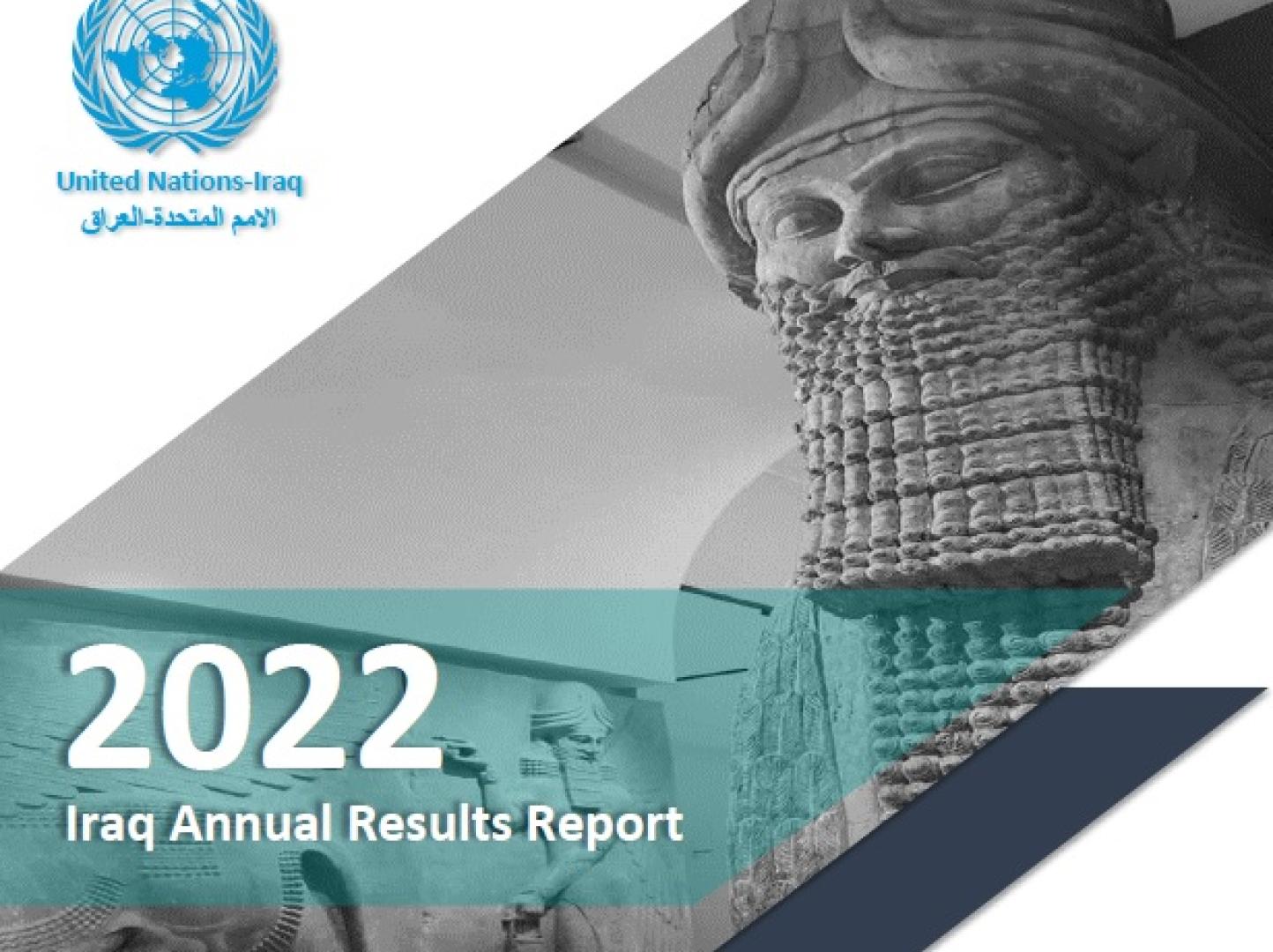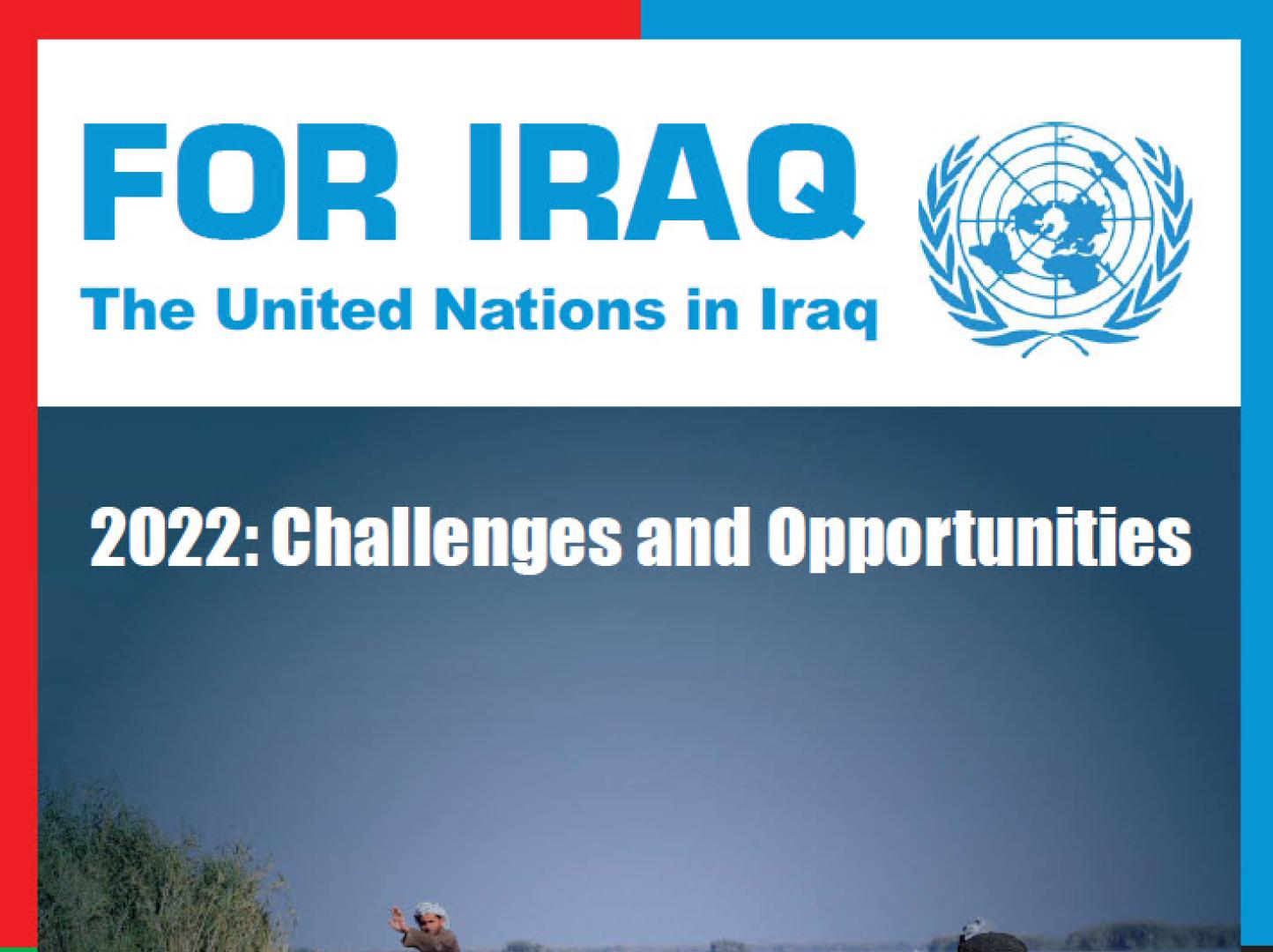The Right to Education in Iraq: Part One | HRO Report

Executive Summary
Since 2014, Iraq has faced one of the most volatile and complex humanitarian crises in the world as a result of the Islamic State in Iraq and the Levant’s (ISIL) campaign of widespread violence, oppression and systematic violations of international humanitarian and human rights law. In addition to the appalling human cost of over 85,000 civilian deaths and injuries, conflict-related violence displaced over six million Iraqis, traumatized communities, destroyed livelihoods and deprived children and young adults of years of education. By the end of 2019, 1.4 million people, including 658,000 children, remain internally displaced in Iraq, with almost half, approximately 355,000 children, not in school.
This report, The Right to Education in Iraq: Part One - The legacy of ISIL territorial control on access to education, focuses on access to post-primary education for children and young adults who lived in areas under ISIL control between 2014 and 2017, including Internally Displaced Persons (IDPs). It is the first in a series of reports that will examine access to education by children from across Iraq’s social, ethnic and religious groups and different community perspectives in the post-conflict context. Notwithstanding the undisputed universality of suffering across Iraq’s diverse landscape, communities may encounter differing or situation-specific impediments to fully accessing education, including due to their age, location perceived affiliation to ISIL and lack of civil documentation.
The report was prepared by the Human Rights Office of the United Nations Assistance Mission for Iraq (UNAMI) and the United Nations Office of the High Commissioner for Human Rights (OHCHR) and is based on consultations, interviews and focus group discussions conducted between November 2018 and January 2020 with 237 persons. These took place in six camps for IDPs in Ninewa governorate and in the cities of Mosul and Erbil.
The key findings indicate that children and young adults who lived in areas controlled or influenced by ISIL have accumulated a substantial gap in their academic knowledge due to years of missed education and also face challenges in obtaining the civil documentation required to enrol in formal schooling. As such, in the post-conflict context, children from these communities continue to experience a range of barriers to their access to education. After missing years of education under ISIL, these children or now young adults are further disadvantaged by insufficient numbers of schools which tend to be underequipped and with inadequate teaching hours. Those residing in camps also suffer from movement restrictions and a lack of civil documentation. Many children who were in school when living under ISIL control are now young adults, making them too old to attend mainstream schools and are left with no alternative options. These challenges are creating a marginalised generation of children and young adults, many of whom are or will be entering adulthood without any post-primary schooling.








